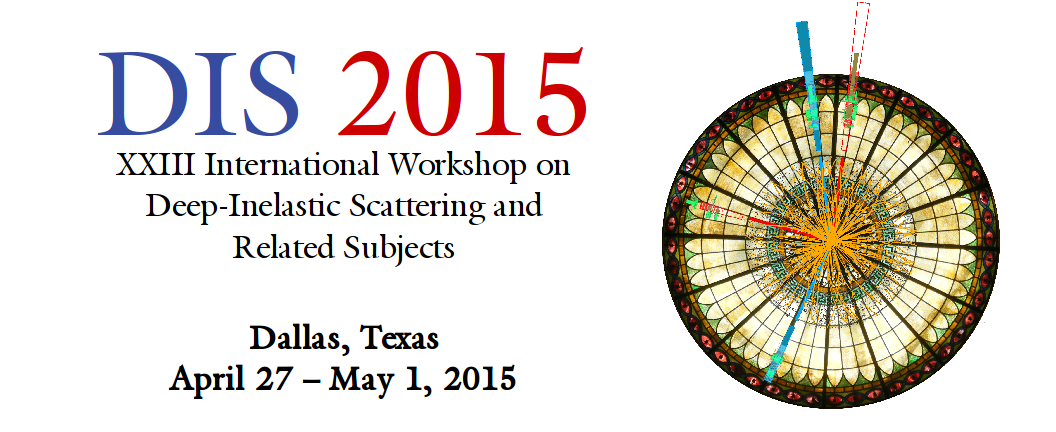Speaker
Dr
Alexander Kiselev
(Brookhaven National Laboratory)
Description
Construction of an Electron-Ion Collider with luminosities exceeding $10^{33}~cm^{-1}s^{-1}$ is becoming a project of highest priority for the US
Nuclear Physics community.
The main physics topics to be explored at this new facility are (i) the polarized sea quark and gluon distributions
in the nucleon, (ii) QCD dynamics of the low-x, high density gluon regime,
(iii) hadronization and energy loss in the nuclear medium [1].
One of the considered construction options is the addition
of a high-energy polarized electron beam to the existing RHIC hadron
machine, converting it into an Electron-Ion Collider (eRHIC) [2].
A dedicated eRHIC detector, designed to efficiently register and identify deep inelastic electron scattering (DIS) processes in a wide range of
center-of-mass energies available with the new collider is one of the key
elements of such an upgrade.
The progress on the detector and interaction
region design work will be shown, and the simulation results presented.
[1] A. Accardi et al., "Electron Ion Collider: The Next QCD Frontier - Understanding the glue that binds us all" (EIC White Paper),
arXiv:1212.1701v3 (2014).
[2] E.C. Aschenauer et al., "eRHIC design study (An Electron-Ion Collider at BNL)", arXiv:1409.1633 (2014).
Author
Dr
Alexander Kiselev
(Brookhaven National Laboratory)
